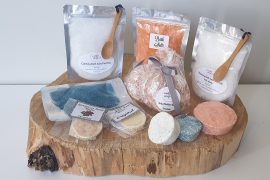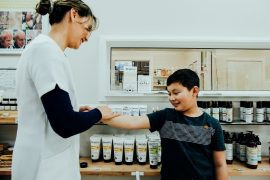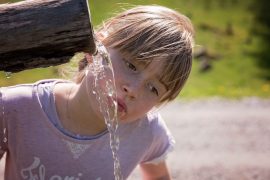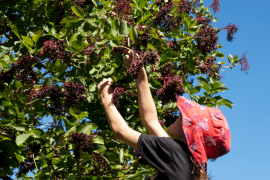Limits Lung Growth
Although air pollution can affect nearly every organ in the body, the lungs seem to be most at risk, especially when they’re still growing and developing. When you inhale polluted air, particles travel directly into your lungs, resulting in breathing problems like asthma and emphysema.
One study also found that air pollution can stunt lung growth even into the teenage years. Once affected, the lungs may never recover to full capacity. This puts children at risk of developing more serious conditions like lung cancer and chronic obstructive pulmonary disease later in life.
Fighting the Effects
In terms of fighting indoor air pollution, there are several things parents can do to protect their children.
For instance, refraining from smoking indoors can help keep particulate matter at bay and out of your child’s lungs. It’s also smart to use organic or all-natural cleaning products that don’t contain harsh chemicals like ammonia or bleach. If you must use these solutions, avoid using a spray bottle. This can cause tiny droplets to spread through your home and settle on different surfaces and objects, posing a health risk to little ones.
Another way to prevent exposure is to check your home for harmful contaminants like asbestos and fiberglass. These materials are quite common in older homes and can cause irritation and lung disease if inhaled. If you’re unsure whether these items are in your home, you might consider hiring a professional to inspect your insulation, ceilings, flooring and walls.
To further protect your children, you could install an air filtration system to clean the outdoor air as it flows into the home and remove harmful indoor contaminants.
If you live in an area with high levels of particulate matter pollution, you’ll have to purchase a filter that can remove PM2.5 particles, as most systems aren’t capable of doing so.
By making an effort to fight the effect of indoor air pollution in these ways, you can reduce your child’s risk of illness, allowing them to grow into a strong, healthy adult.
Emily is the editor of Conservation Folks and a sustainability and conservation blogger. Follow her on Twitter to see the latest updates.










